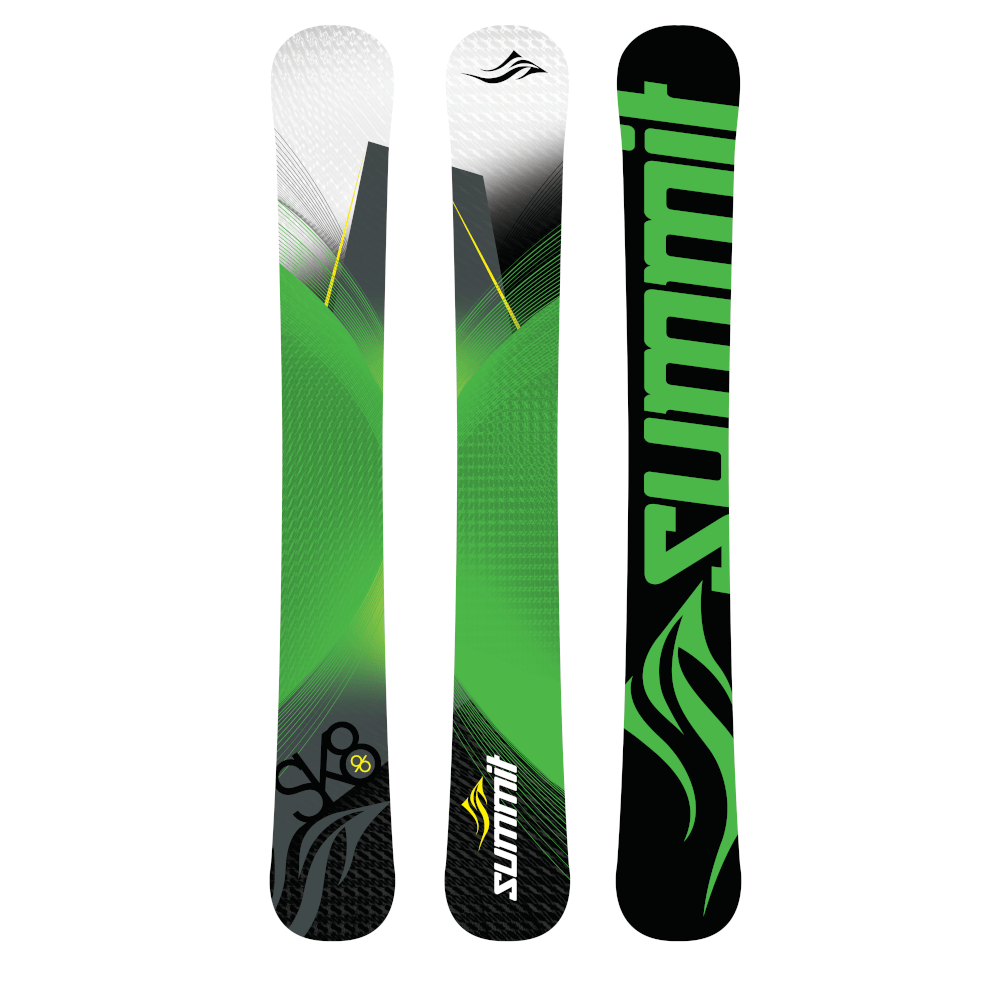

#Detune new skis plus
It ensures better grip to carve turns that provide manueverability and speed control, plus can help deliver greater glide speed for racers as well. Maintaining sharp smooth edges on alpine skis and snowboards is an important ingredient of good performance. So for shaped skis find the contact point of the tip and tail (you can do this by placing the ski on a flat surface and marking the sidewall at the points that the ski contacts the flat surface) and detune from contact point forward on the tip and contact point backward on the tail.

On old traditional skis, detuning behind the contact points made a skis less grabby and "hooky" for easier control.but detuning a shaped ski can make the ski more "nervous" due to shortening the effective running surface, plus the skis won't initiate turns as desired due to the decreased radius and running surface. Edges here curve dramatically in toward each other, and should be addressed so they don't unexpectedly engage in bump troughs, ruts, crusty snow or other funky condition to revector your planned line of travel downhill off in some new, wild and unanticipated direction.Yikes! Detuning refers to the subtle "massaging" of an edge's sharpness or base bevel near tips and tails to intentionally adjust performance of a ski or board. It's usually done on new skis or boards with a file and/or deburring stone to intentionally dull (or radically bevel) base edges at the very tip and tail where skis and boards lift up out of the snow. Dulling, on the other hand, is more like performing a lobotomy. Compared to personal hygiene, it's somewhat akin to brushing your teeth.
#Detune new skis free
This helps keep edges smoothly sharp, and free of nicks, rust, raggedness and roughness. Peruse answers to common questions below, as well as our tips collected over the years from our wisened cutomers around the world.ĭeburring is the process of removing rough burrs from the side and base steel edges of skis or snowboards every time you either file 'em or after a day of ridin' 'em on the slopes. Polishing the base and side edge surfaces helps reduce rusting, as well as allow edges to carve and glide more efficiently.

This removes any small but grabby edge burrs that otherwise dig in the snow unexpectedly and make skis or snowboards behave unpredictably. Always deburr your steel edges after a day on the slopes, as well as after any filing or beveling work.


 0 kommentar(er)
0 kommentar(er)
